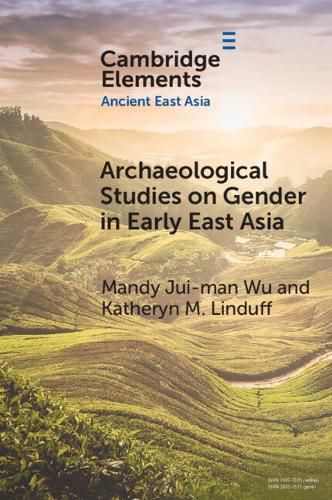Readings Newsletter
Become a Readings Member to make your shopping experience even easier.
Sign in or sign up for free!
You’re not far away from qualifying for FREE standard shipping within Australia
You’ve qualified for FREE standard shipping within Australia
The cart is loading…






Gendered archaeology in Asia has been studied by archaeologists since the 1990s and scholars have posed questions such as the role and construction of gendered identities in ancient societies. In this Element, the authors review secondary literature, report on to what stage the research has evolved, evaluate methodologies, and use the concept of networking to examine the issues across East Asia, including China, Mongolia, Korea, Japan, and Taiwan. Interestingly, those literatures are not entirely parallel with each other - the authors found, for example, that archaeological investigation was largely bound by national guidelines, by local intellectual traditions, and by changing historiographic interpretations of past events, as well as funding. The complexion of recent studies on gender and archaeology in Asia has often been focused on providing a framework for a grand narrative of each national 'civilization' as the emergence of institutional political structures, including traditional values placed on men and women.
$9.00 standard shipping within Australia
FREE standard shipping within Australia for orders over $100.00
Express & International shipping calculated at checkout
Gendered archaeology in Asia has been studied by archaeologists since the 1990s and scholars have posed questions such as the role and construction of gendered identities in ancient societies. In this Element, the authors review secondary literature, report on to what stage the research has evolved, evaluate methodologies, and use the concept of networking to examine the issues across East Asia, including China, Mongolia, Korea, Japan, and Taiwan. Interestingly, those literatures are not entirely parallel with each other - the authors found, for example, that archaeological investigation was largely bound by national guidelines, by local intellectual traditions, and by changing historiographic interpretations of past events, as well as funding. The complexion of recent studies on gender and archaeology in Asia has often been focused on providing a framework for a grand narrative of each national 'civilization' as the emergence of institutional political structures, including traditional values placed on men and women.